
MEL STEM (formerly MEL Kids) is a monthly science subscription box for children ages 5-9+. Through exciting experiments kids can learn all about hydraulics, light, aircrafts, code breaking, and even infinite portals! Each month contains a new experiment and STEM lesson for kids to dive into, and will contain everything they need to safely and easily complete at home.
This is a review of MEL Science's MEL STEM box (ages 5-9+), which costs $20.90 per month with an annual subscription, or $29.90 per month on a month-to-month basis.
This box was sent to us at no cost for review. (Check out our editorial guidelines to learn more about how we review boxes.)
MEL STEM: Projectile Cannon
The MEL Science Box arrival day is always an exciting day in our house. Something about a package coming that is just for my kids really lights up their eyes. This month my 5-year-old received a projectile cannon box, which both of my kids have continued to use over the past few days. It's our spring break here this week and trying to find stuff to do that will fill up an entire day while it's still cold outside is not easy, so this project was actually timed perfectly! Even better is that they can continue to use it and shoot "cannon balls" at each other!
The Cannon
So far all of the projects we have received for the MEL Stem age group have been one single project, which is exactly what my little guy has the attention span for. The projectile cannon was no different and promised to teach him about trajectories and angles, while also allowing him to play a fun game with the "cannon balls" (which are just ping pong balls!) at the end.
First, we checked the instruction booklet and laid out the pieces.
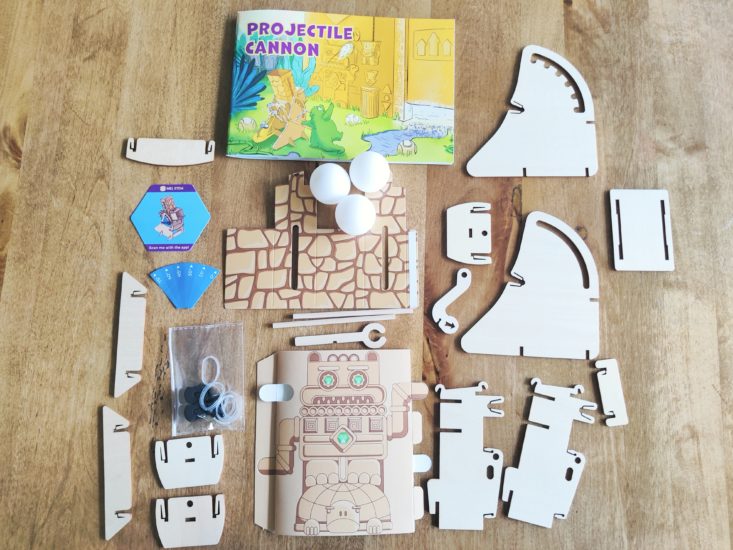
I have to admit, I love how the instruction booklet is laid out. It's not just instructions, but also a fun comic for the kids that teach them about the project. At the end there is additional information and games the kids can play.
As I mentioned, this was one large project, and it didn't take any more than 15 mins for us to complete.
The first step was making the base of the "cannon." Usually the pieces are pretty stiff, but are easily pushed together for my son (although I sometimes will go back until they all "click" to ensure it doesn't fall apart). These pieces were harder for him to push together for this project, however. He actually snapped off one piece trying to wiggle it in and I snapped off another trying to fix it. It didn't affect the cannon, but I do think it should be noted.
The instructions are always easy to follow due to the photos being very large and clear. We've been working on making sure his project and the pieces are always facing the same way as in the instruction booklet to make sure they are not attached the wrong way!
The next step was attaching the rubber bands and making the lever to release the "cannon balls". He had a little bit of trouble getting the rubber bands on, but overall did most of it on his own.
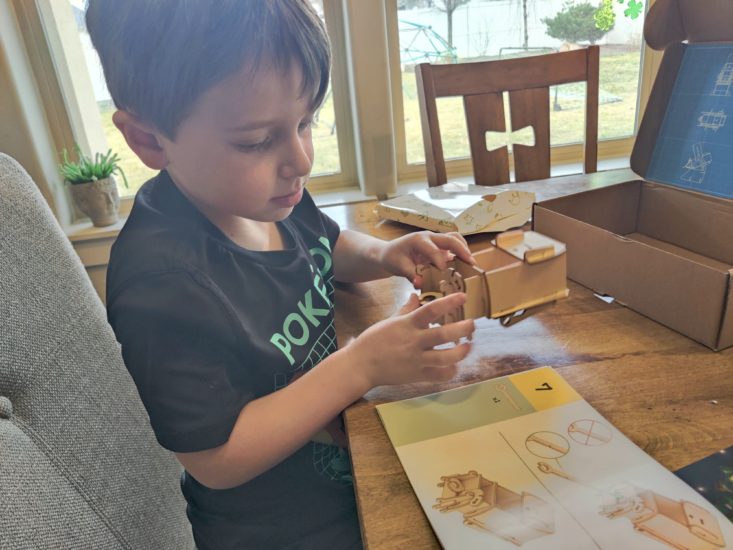
The final step is to make and attach the loading bay. Once this is attached, you can add the angling sticker which helps to teach them about the different trajectories and how the ball will fly further and higher at a larger angle!
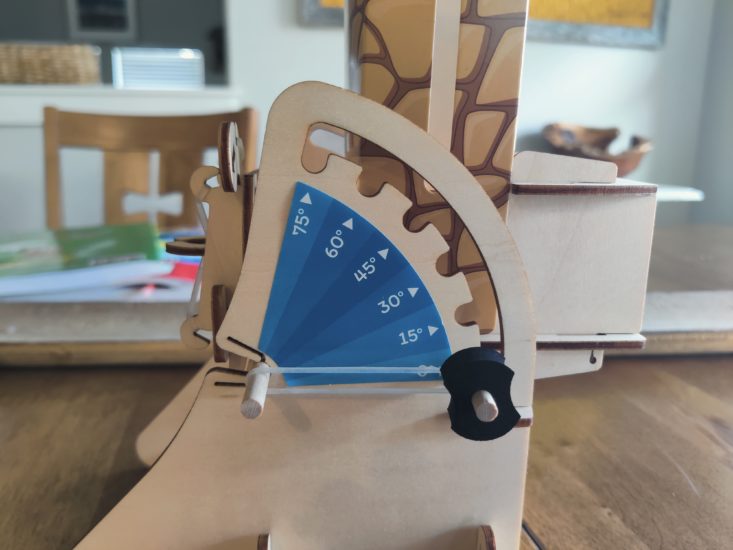
After this step, it's time to play! We had a bit of trouble getting it to work at first. The loading bay either wasn't correctly built by us or there is a flaw in the design. Every time we pulled back the lever to lock everything into place and get ready to shoot, the ball didn't completely drop into place. Which, of course, doesn't allow the ball to be pushed out. As we already broke a few pieces off, we didn't want to disassemble it again and figure out what was wrong, so we just loaded the balls into the cannon instead. It worked well that way, but obviously not the way intended.
Despite the shooting issues, both my kids had a great time playing with the cannon and seeing who could catch the balls flying out. They also give you a "basket" you can build to try and shoot into which was fun, but I think my kids preferred aiming at each other.
As always, they give you a scannable card that you can use to check out other online experiments. This is perfect for those older kid extensions. I will admit that I actually don't scan the card. In fact, I've tried and I don't understand how it works, ha! However, if you download the MEL Stem app, you can pull up both an AR and 3D lesson that the kids can play with. It's actually done really well and helps to explain more in depth about how the experiment works. For the projectile cannon, it went into how gravity affects the trajectory of the ball and put the cannon into live action mode to show the kids how it worked.
Final Thoughts - Was This Box Worth It?
We loved the final product! There were a few mishaps along the way with this one, although I think that is to be expected with anything where kids are involved! The pieces were definitely stiffer and didn't fit in as well as other projects and well, who knows what happened with our loading bay! Both of my kids loved it though and have continued to play with it periodically throughout the week. I doubt it will last long (we are pretty hard on things in this house!) but I think it's definitely worth the science lesson and the week of fun we will get out of it!
The Cost: $20.90 with an annual subscription ($29.90 as a one-off box) + $5 shipping within the US
To Wrap Up:
Can you still get this box if you sign up today? Yes, this box is still available. From MEL STEM:
"Your first package will arrive within 2 weeks of registration. Subsequent monthly packages will be delivered within 2 weeks of each monthly charge."
What do you think of MEL STEM? Let us know below!


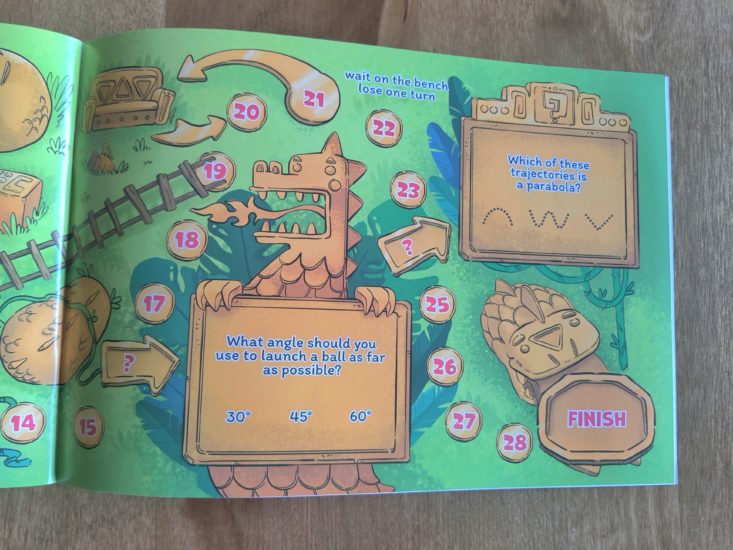
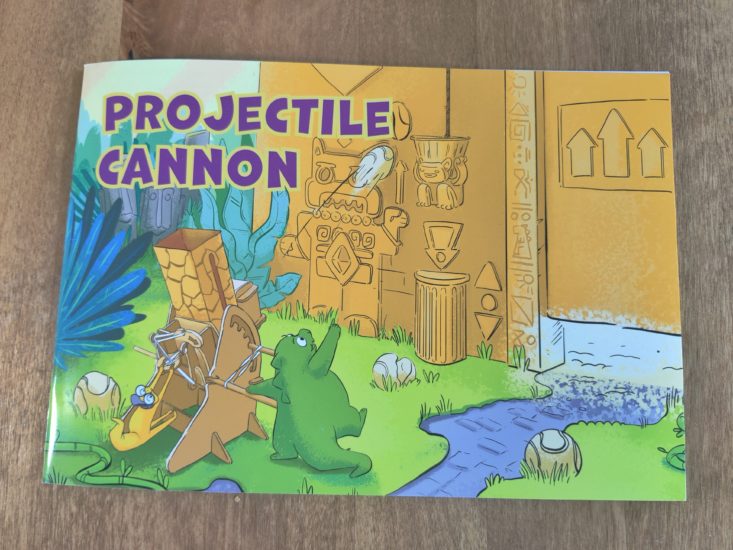
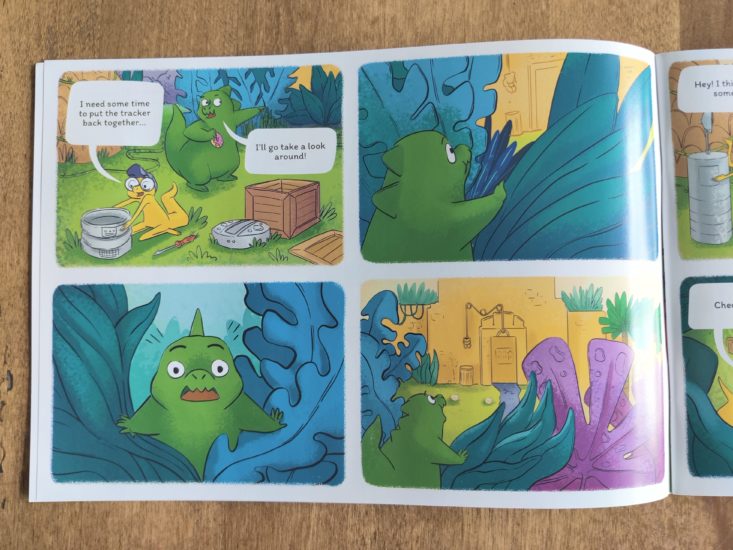
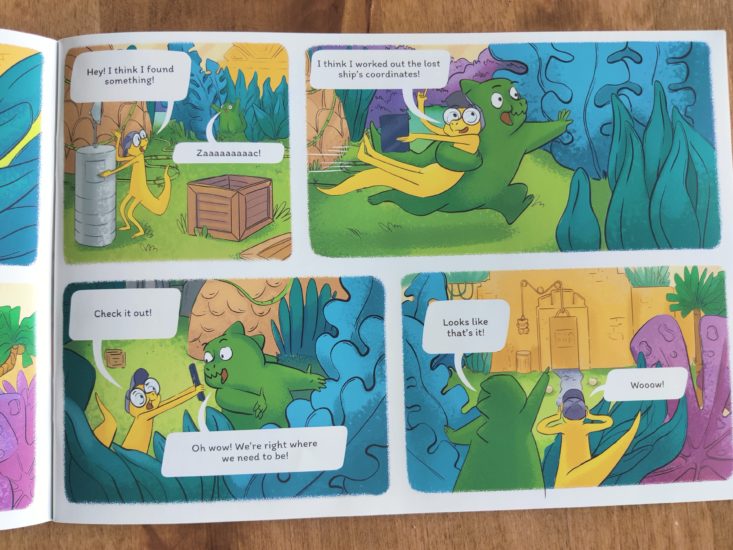
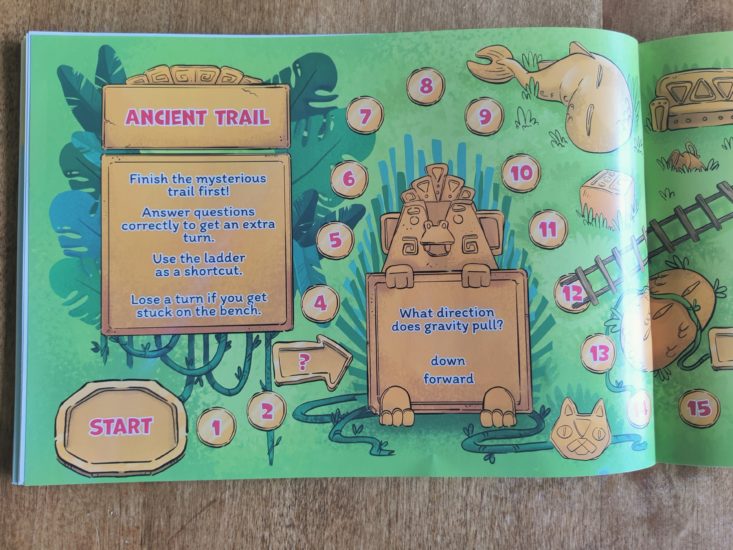

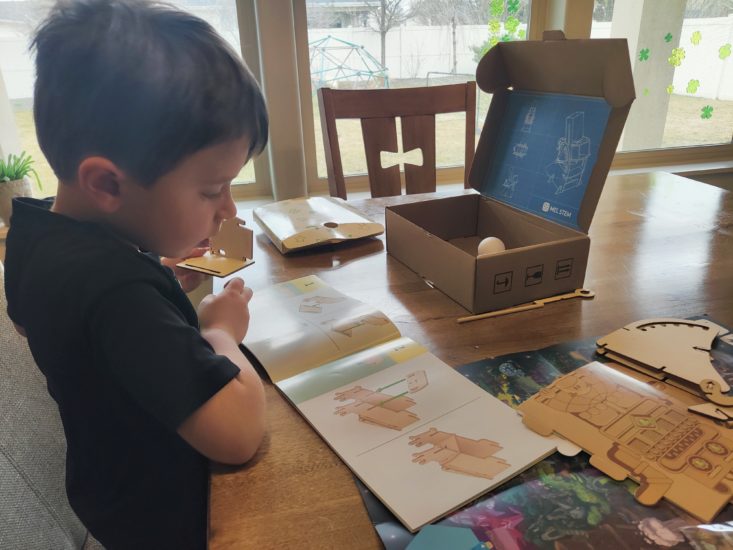
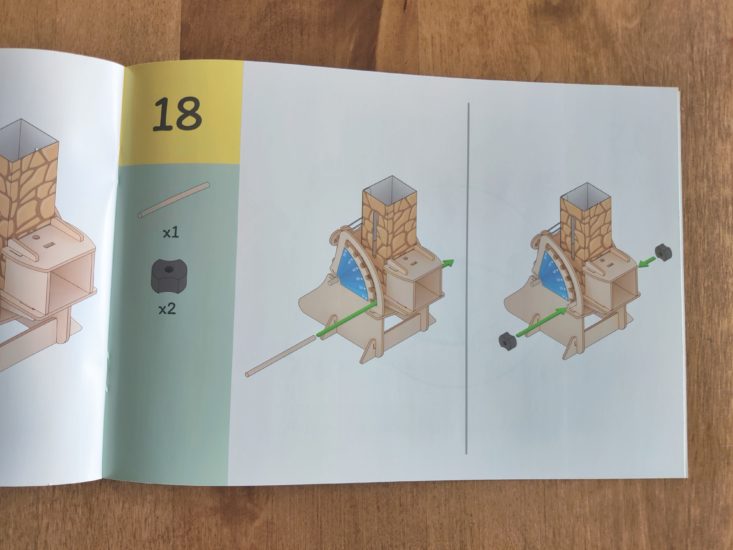

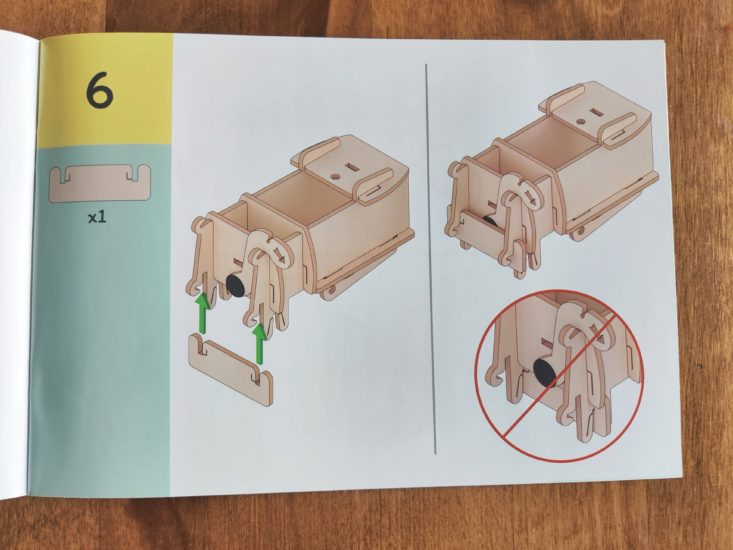

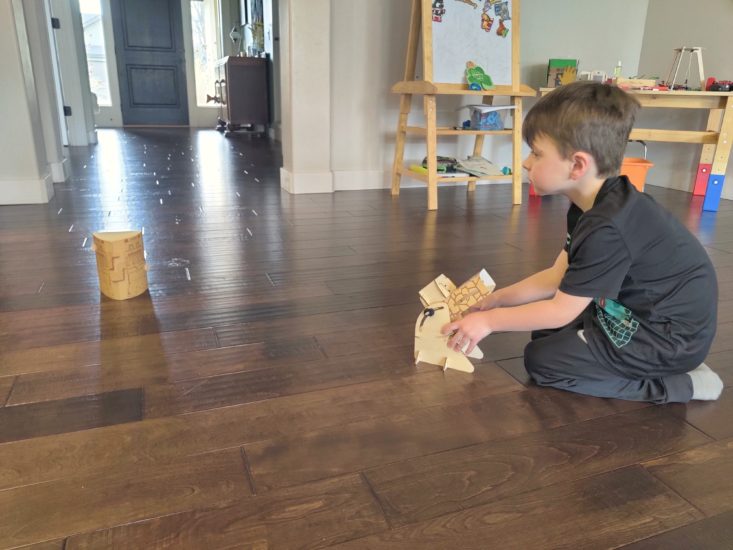
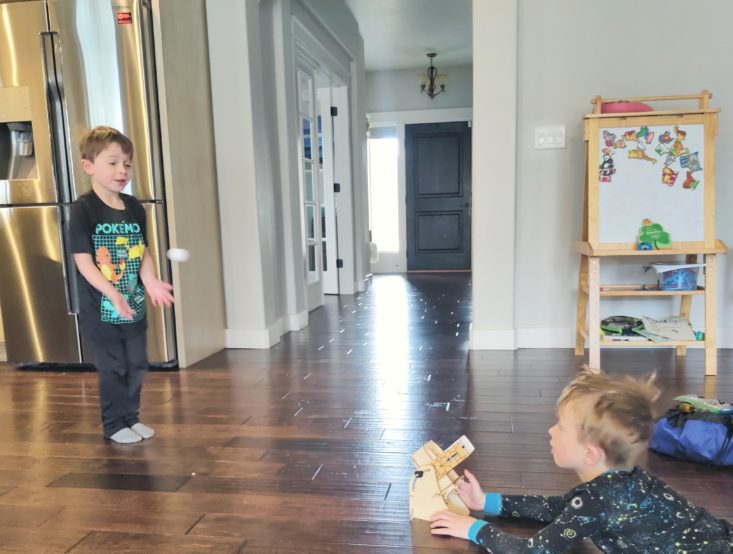




Please do not enter your email address in the Name field or in the comment content. Your email address will not be published. Required fields are marked *. Remember to post with kindness and respect. Comments with offensive language, cruelness to others, etc will not be approved. See our full comment policy here.